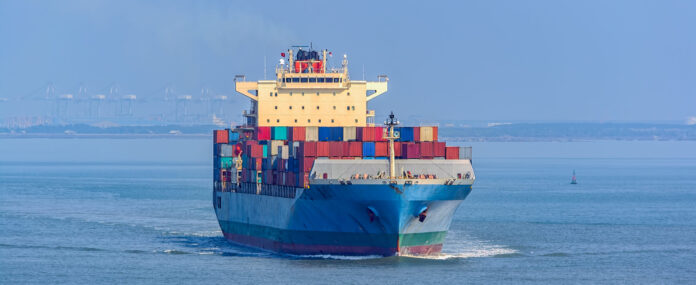Shipping accounts for 3% of greenhouse gas emissions and with global trade increasing, it is on track to be 10% by 2050 with no intervention. To counter this growth, the International Maritime Organization has rolled out net-zero emissions regulations that are pushing shipowners to move to dual fuel engines and alternative fuels to stay compliant, according to a speaker at a recent industry event.
The IMO is aiming for net-zero greenhouse gas emissions by 2050 and additional measures such as a new fuel standard for ships and a global pricing mechanism for emissions is expected to be formally adopted in October 2025. Part of its Net-Zero Framework to “accelerate the uptake of zero or near-zero GHG fuels, technologies and energy sources; and to support a just and equitable transition of the maritime sector,” IMO states.
Dual fuel vessels can be operated on natural gas, light and heavy fuel oil, and biofuels. Like a hybrid car, they can also alternate between different fuels during operation without loss of power or speed.
“The marine fuels market is changing and will continue to change to meet legislative goals while balancing costs and availability,” said Balakishnan Baskaran, manager of global marine lubricants P&T services at Chevron Marine, at the 17th ICIS Asian Base Oils and Lubricants Conference in Singapore, which ended last week.
There are potential pathways to achieve lower carbon with the use of alternative fuels such as biofuels and LNG, methanol, ammonia and hydrogen. This leads to the need to optimize marine lubricants for future maritime fuels, according to Baskaran.
Baskara pointed out that lubricants need to be fuel-agnostic, support lower engine maintenance, be fuel efficient and be compatible with after-treatment devices to support the shipping industry, whichever fuel option is chosen. Chevron Marine has been developing lubricants that attempt to fulfill this new need.
